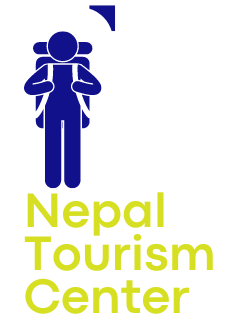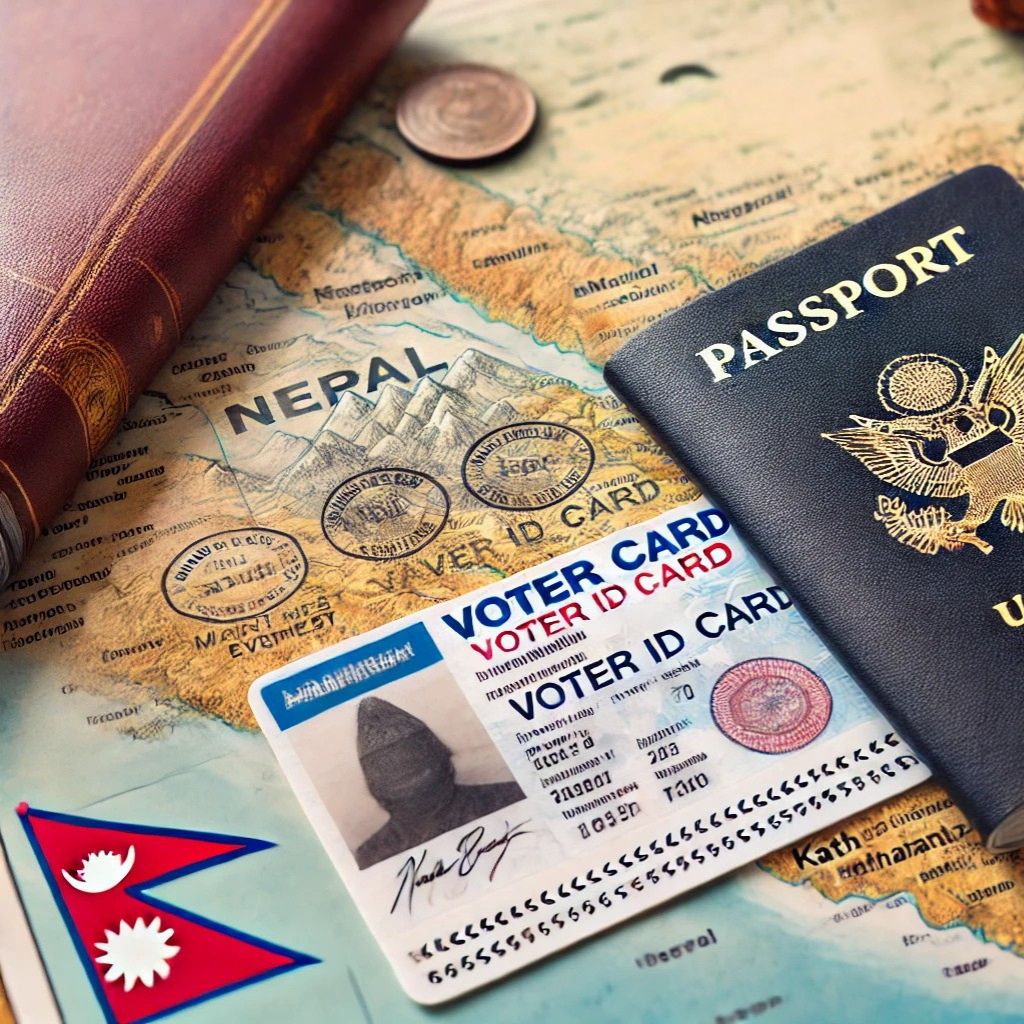The Everest Base Camp Trek (EBC) is one of the most iconic and challenging treks in the world. Every year, thousands of trekkers set out on the journey to reach the base of Mount Everest, experiencing some of the most breathtaking views the Himalayas have to offer. However, while the trek is an adventure of a lifetime, it also presents certain risks due to the high-altitude terrain, unpredictable weather, and physical demands.
This is where travel insurance for Everest Base Camp comes in. Travel insurance is an essential part of your preparation for any trek, especially for one as demanding as Everest Base Camp. In this article, we will discuss why travel insurance is crucial, what it should cover, and how to choose the best policy for your trek to Everest Base Camp.
Why is Travel Insurance for Everest Base Camp Trek Important?
When trekking to Everest Base Camp, you’re venturing into high-altitude terrain, sometimes at elevations exceeding 5,000 meters (16,404 feet). While the trek doesn’t involve technical mountaineering, the physical demands, combined with the high altitude and remote location, pose significant risks to trekkers. Here are some key reasons why travel insurance is crucial for your Everest Base Camp trek:
1. Altitude-Related Risks
One of the biggest risks when trekking to Everest Base Camp is the potential for altitude sickness, which can lead to serious complications like High Altitude Pulmonary Edema (HAPE) or High Altitude Cerebral Edema (HACE). These life-threatening conditions require immediate medical attention and, in some cases, emergency evacuation from the mountains. Standard health insurance may not cover evacuation from remote areas, so travel insurance with emergency evacuation is essential.
2. Injury or Illness
The trek to Everest Base Camp is physically demanding, and injuries like sprained ankles, twisted knees, or even fractures are not uncommon. A travel insurance policy that includes medical coverage will help ensure you get the medical treatment you need in case of an injury. Furthermore, the region’s high-altitude terrain and extreme weather conditions also increase the risk of illness, such as respiratory issues, gastrointestinal problems, or even severe colds.
3. Emergency Evacuation and Helicopter Rescue
In the event of a serious injury or acute medical condition while trekking to Everest Base Camp, a helicopter rescue or emergency evacuation may be required. The remote location of the trail means that accessing medical facilities could take days. Without proper travel insurance, the cost of such a rescue, which can exceed $5,000 USD, could be devastating to your wallet. Travel insurance that includes helicopter evacuation and repatriation can cover these expensive costs.
4. Trip Cancellation or Interruption
Life is unpredictable, and sometimes you may need to cancel or interrupt your trip due to unforeseen events such as illness, family emergencies, or other unexpected issues. Trip cancellation insurance will help reimburse you for any non-refundable costs if you need to cancel your trek before departure. Similarly, trip interruption coverage helps you recover some of the costs if your trek is cut short.
5. Lost or Stolen Gear
Trekking in the Himalayas requires specialized gear, including boots, clothing, sleeping bags, and trekking poles. Unfortunately, there is always the possibility that your gear might get lost or damaged during your journey. Some travel insurance policies include coverage for lost, damaged, or stolen luggage or gear, helping you replace important items while you’re on the trek.
6. Flight Delays or Missed Connections
Weather in the Himalayas is unpredictable, and flight delays or cancellations are common, especially in regions like Lukla, where you’ll fly in and out of the trek. Travel insurance that covers flight delays, missed connections, and trip delays can help reimburse you for any additional expenses caused by these disruptions, including accommodation and food.
What Does Travel Insurance for Everest Base Camp Trek Cover?
Not all travel insurance policies are created equal, and it’s important to ensure that the insurance policy you select specifically covers the unique risks of high-altitude trekking in Nepal. When choosing a travel insurance policy for the Everest Base Camp trek, be sure to look for coverage in the following areas:
1. Emergency Medical Coverage
- Medical Expenses: This will cover medical treatment if you fall ill or suffer an injury while trekking. It is especially important for high-altitude illnesses such as altitude sickness, respiratory issues, or general illnesses caused by the strain of trekking.
- Hospitalization: If you need to be hospitalized due to an injury or illness, the insurance will cover the costs.
2. Emergency Evacuation
- Helicopter Evacuation: If you suffer a medical emergency at high altitudes, you may need to be airlifted to a hospital in Kathmandu or another location. This is one of the most critical coverages, as helicopter evacuations can cost thousands of dollars.
- Emergency Transportation: This includes evacuation via land or air to the nearest hospital or treatment facility in case of injury or illness.
3. Trip Cancellation and Interruption
- Trip Cancellation: Covers the costs of canceling your trip before departure due to unexpected events such as illness, injury, or family emergencies.
- Trip Interruption: Provides coverage if you need to cut your trip short due to unforeseen circumstances, like a family emergency or severe weather conditions.
4. Lost, Stolen, or Damaged Gear
- Lost or Stolen Equipment: If your trekking gear is lost, stolen, or damaged during the trip, insurance will help cover the cost of replacement.
- Baggage Coverage: Covers lost or delayed baggage, which can be especially useful if your trekking equipment doesn’t arrive in time.
5. Flight Delays or Missed Connections
- Delayed Flights: Covers accommodation, food, and other expenses if your flight to Lukla (or back) is delayed or canceled due to weather or other factors.
- Missed Connections: If you miss a connecting flight due to delays, insurance can help cover the cost of rebooking flights and related expenses.
6. Personal Liability
- Third-Party Liability: Covers the cost of any damages you may cause to others during your trip. This is especially important in the case of trekking accidents that may involve other trekkers or local guides.
7. 24/7 Assistance and Support
- Many travel insurance providers offer 24/7 emergency assistance, which can be invaluable when you need help with medical issues, evacuation, or flight changes while trekking in remote areas.
How to Choose the Right Travel Insurance for Everest Base Camp Trek
When selecting travel insurance for your Everest Base Camp trek, it’s essential to make sure the policy is tailored to the unique needs of high-altitude trekking. Here are a few key factors to consider:
1. Coverage for High-Altitude Trekking
- Make sure that the policy covers trekking at altitudes above 3,000 meters. Many standard travel insurance plans may not cover high-altitude trekking or activities over 2,500 meters, so confirm that the insurance explicitly includes trekking in the Everest region.
2. Helicopter Evacuation
- Ensure that your insurance policy covers helicopter evacuation, which is one of the most important services when trekking in high-altitude regions like the Everest region.
3. Exclusions and Limits
- Review the exclusions in your policy to ensure there are no hidden clauses that could invalidate your coverage, such as exclusions related to pre-existing medical conditions or certain high-risk activities.
- Check the limits of coverage for medical expenses, evacuation, and trip cancellation. The higher the coverage, the better.
4. Reputation of the Insurance Provider
- Choose an insurance provider with a strong reputation for supporting trekkers and adventurers, particularly in high-altitude regions. Look for reviews and testimonials from fellow trekkers who have used the insurance for similar treks.
5. Cost of Insurance
- The cost of insurance can vary depending on the coverage and provider. While cheaper policies may seem appealing, it’s important to ensure the policy provides comprehensive coverage for the specific needs of the Everest Base Camp trek.
6. 24/7 Emergency Assistance
- A reliable insurance provider should offer 24/7 emergency assistance, especially for high-risk activities in remote locations. Check if they have a helpline and emergency contact numbers that you can call from Nepal.
Conclusion
Travel insurance for the Everest Base Camp trek is not just an optional extra; it’s a vital part of your trek preparation. Trekking at high altitudes in a remote region comes with inherent risks, and having the right insurance ensures you’re protected financially in the event of illness, injury, or unforeseen travel disruptions. From covering emergency evacuation to providing medical coverage and protecting your gear, a good insurance policy offers peace of mind so you can focus on the adventure ahead.
Before you embark on the journey to Everest Base Camp, make sure you’re well-informed about your insurance options and select a policy that will cover all potential risks associated with the trek. By doing so, you’ll be fully prepared to take on one of the world’s most incredible treks, knowing that you have the


Leave a Reply